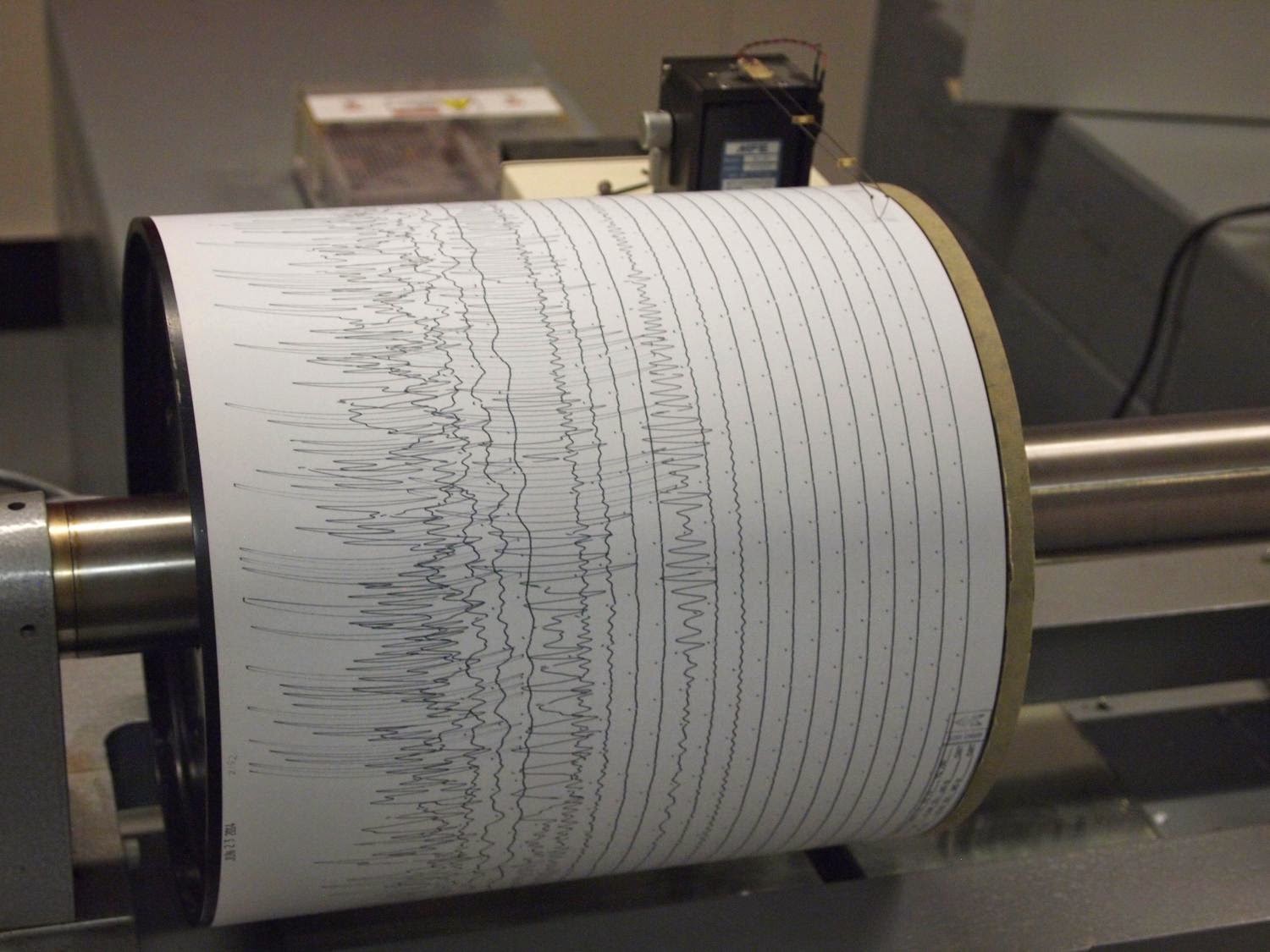
A new study links the March 2014 earthquakes in Poland Township, Ohio to hydraulic fracturing that activated a previously unknown fault. The induced seismic sequence included a rare felt earthquake of magnitude 3.0, according to research published online by the Bulletin of the Seismological Society of America (BSSA).
In March 2014, a series of five recorded earthquakes, ranging from magnitude 2.1 to 3.0, occurred within one kilometer (0.6 miles) of a group of oil and gas wells operated by Hilcorp Energy, which was conducting active hydraulic fracturing operations at the time. Due to the proximity of a magnitude 3.0 event near a well, the Ohio Department of Natural Resources (ODNR) halted operations at the Hilcorp well on March 10, 2014.
Hydraulic fracturing, or fracking, is a method for extracting gas and oil from shale rock by injecting a high-pressure water mixture directed at the rock to release the oil and gas trapped inside. The process of fracturing the rocks normally results in micro-earthquakes much smaller than humans can feel.
It remains rare for hydraulic fracturing to cause larger earthquakes that are felt by humans. However, due to seismic monitoring advances and the increasing popularity of hydraulic fracturing to recover hydrocarbons, the number of earthquakes – felt and unfelt – associated with hydraulic fracturing has increased in the past decade.
“These earthquakes near Poland Township occurred in the Precambrian basement, a very old layer of rock where there are likely to be many pre-existing faults,” said Robert Skoumal who co-authored the study with Michael Brudzinski and Brian Currie at Miami University in Ohio. “This activity did not create a new fault, rather it activated one that we didn’t know about prior to the seismic activity.”
Using a technique called template matching, the researchers sifted through seismic data recorded by the Earthscope Transportable Array, a network of seismic stations, looking for repeating signals similar to the known Poland Township earthquakes, which were treated like seismic “fingerprints.” They identified 77 earthquakes with magnitudes from 1.0 and 3.0 that occurred between March 4 and 12 in the Poland Township area. The local community reported feeling only one earthquake, the magnitude 3.0, on March 10.
Skoumal and his colleagues compared the identified earthquakes to well stimulation reports, released in August 2014 by the ODNR, and found the earthquakes coincided temporally and spatially with hydraulic fracturing at specific stages of the stimulation. The seismic activity outlined a roughly vertical, east-west oriented fault within one kilometer of the well. Industry activities at other nearby wells produced no seismicity, suggesting to the authors that the fault is limited in extent.
“Because earthquakes were identified at only the northeastern extent of the operation, it appears that a relatively small portion of the operation is responsible for the events,” said Skoumal, who suggests the template matching technique offers a cost-effective and reliable means to monitor seismicity induced by hydraulic fracturing operations.
“We just don’t know where all the faults are located,” said Skoumal. “It makes sense to have close cooperation among government, industry and the scientific community as hydraulic fracturing operations expand in areas where there’s the potential for unknown pre-existing faults.”
The paper, “Earthquakes Induced by Hydraulic fracturing in Poland Township, Ohio,” will be published online Jan. 6, 2015 and in print in the February/March issue of BSSA.
Note : The above story is based on materials provided by Seismological Society of America.










